Manifold systems are key components utilized to collect oil/gas from several wells in an oil and gas field. The Manifold is a critical part in production and a manifold failure must be avoided at all costs since failure leads to well shut downs which in turn results in millions of dollars lost.
Traditionally manifold systems consist of a variety of standardized shaped piping components such as tees, weld-o-lets, bends, and flanges. These components are used to create various flow paths for oil/gas and interfaces for equipment. The piping components are joined together with a large number of welds which is time consuming to preform, requires various pre weld qualification programs, and high integrity inspections after completion.
Today’s challenging market conditions have once again increased the focus on reducing the total project cost together with a focus on reducing time from investment decision right up to production launch. This is in order to secure profitability of the Oil and Gas fields, even at lower oil prices. Therefore, MTC have seen an increased interest in exploring the possibility to reduce welds on manifolds through the use of powder metallurgy technology.
Utilizing hot isostatic pressing (HIP) for manifold systems the number of components and welds can be drastically reduced due to the freedom in design the technology offers. Manifold sections can be produced with integrated PT/TT flanges, tees, bends, and pig bars without a single weld being undertaken at the yard. Faster, cheaper, and increased safety.
An example manifold section below:
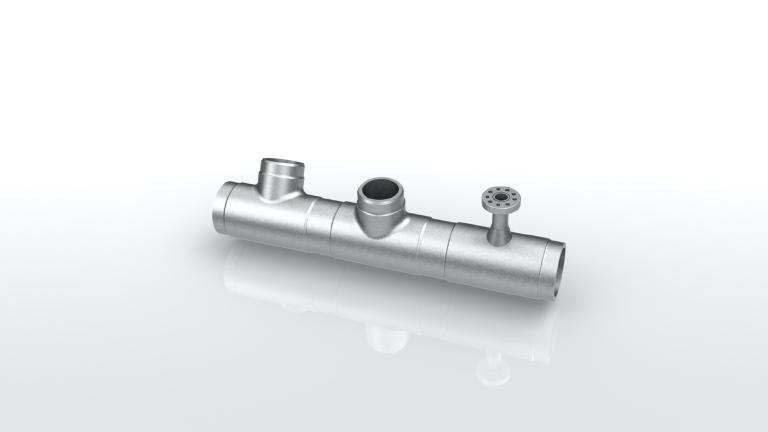
Manufactured by conventional methods this type of section would normally be produced from a minimum of four forged components welded together.
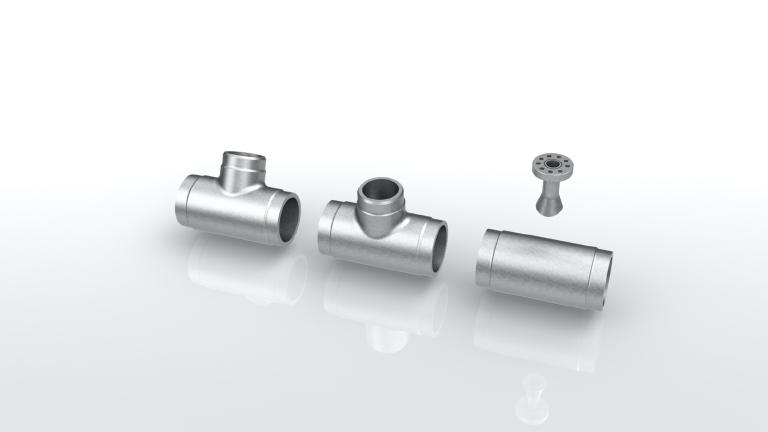
In utilizing NNS HIP to produce the same manifold design, all the components would be integrated into one piece; eliminating the need for welds to produce the manifold section.
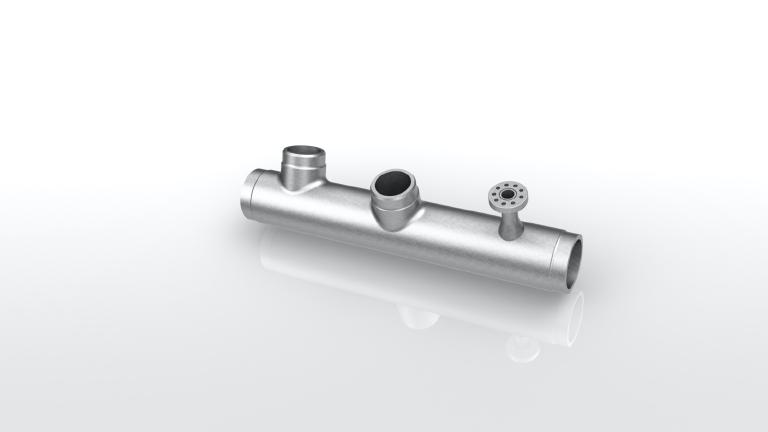
If the manifold section will be pigged in service pig bars could also be integrated in the HIPed section reducing the risk of welds in high stress regions.
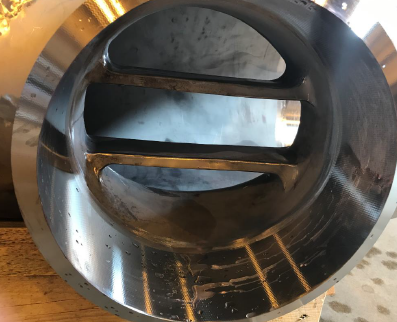
Reduction of expensive and laborious welds not enough motivation to start using HIP for your subsea manifolds? Let’s consider this a step further. If the welds on a manifold section are removed eliminating weld proximity issues, how much can you reduce the overall length? Could your branches be closer to each other? Could the PT/TT sensors be located closer to the branch? Is it an opportunity to approach the design with a more flexible and economical approach?
Designed for HIP:
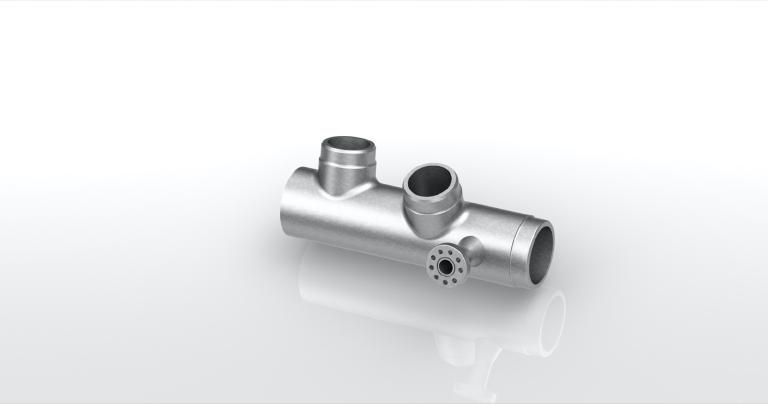
Using a HIP designed manifold where the overall length of the piping is reduced can result in a smaller and lighter subsea template which would also reduce the footprint on the ocean floor. What effect would a reduced subsea template have on the installation costs? Could more templates be fitted on the same installation vessel, reducing the amount of mobilization, reducing total project costs even further?
MTC Powder Solutions are here to assist you in taking your manifolds to the next level, get in contact!